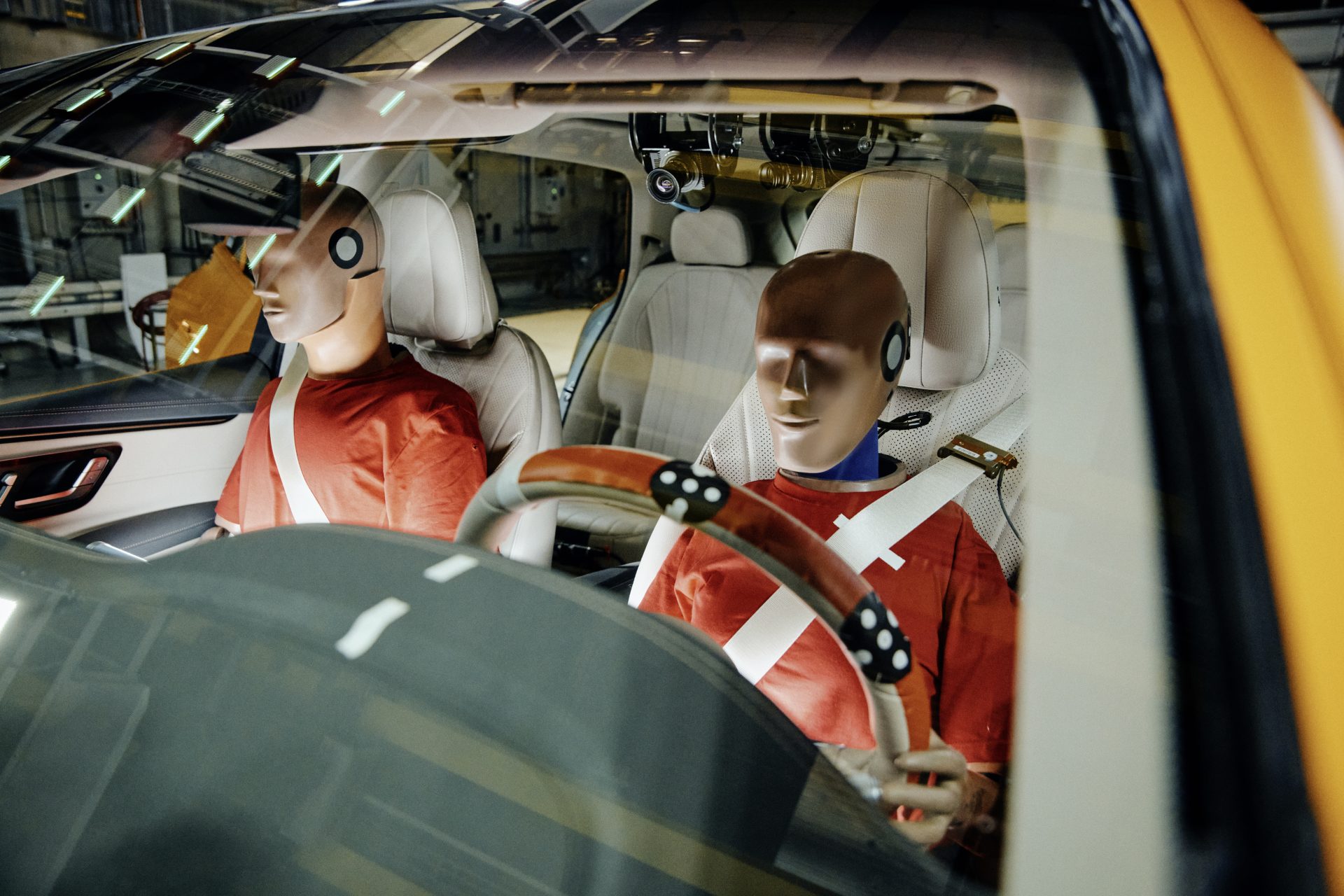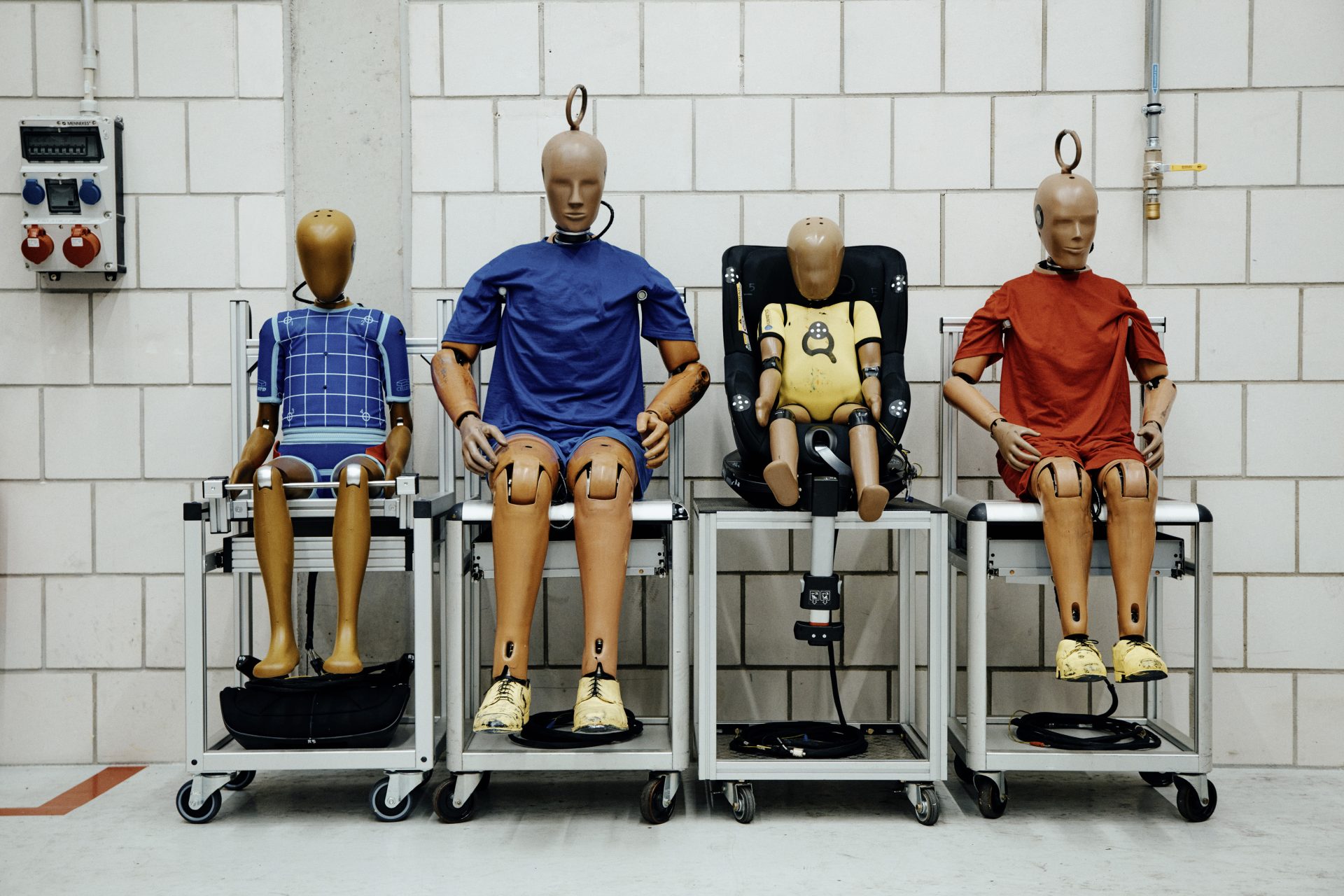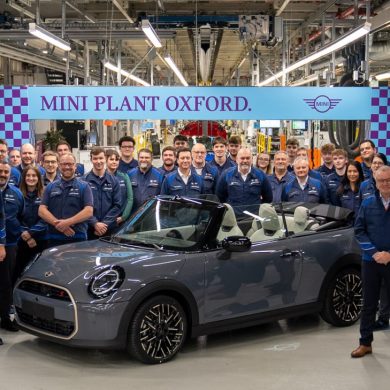
He is about 1.5 meters tall, weighs 49 kilograms and, in the newest generation of dummies, has many sensors in different parts of the body, reaching up to 150 measuring points. For the past 20 years, the Hybrid III 5, dubbed the "miniature mannequin," has sat in the driver, passenger and rear seats in frontal impact tests just like the traditional "male" mannequin, the Hybrid III 50. This means the company began using the female dummy long before it was officially required by law. This manikin replicates the female anthropometry, with the corresponding chest and pelvic bones. According to statistics, only 5% of American women are shorter or thinner. Today, ratings by consumer protection organizations and various laws around the world include specifications for testing with "female" dummies of this size. Another type of dummy that Mercedes-Benz has been using in crash testing for two decades is the SID-II female dummy. With an anatomy similar to that of the Hybrid III 5, it is designed specifically for side impacts. Unlike in the US, however, its use is not yet required by law in Europe.
120 dummies in 21 different versions undergo up to 900 impact tests every year

Safety is a key component of Mercedes-Benz's DNA, which is why it is considered the inventor of modern automotive safety and remains a pioneer in this field to this day.
The basis for the company's commitment is its real-life safety strategy: for more than 50 years, the company's own accident investigation centre has been investigating accidents involving Mercedes-Benz vehicles. The aim is to understand how accidents occur and which advanced safety systems could prevent them. In addition, findings from real accidents can be used to define requirements for crash tests. The Mercedes-Benz Technology Centre for Vehicle Safety Technology in Sindelfingen carries out up to 900 crash tests and 1,700 sled tests every year. These tests include 120 dummies in 21 different versions - from infants, children of all ages, "petite" women to the average size and weight of a man, as well as dummies for large, heavy men. The results of crash tests and accident research are used to develop new safety technologies and improve existing systems.
Passenger simulations mainly calculate how a dummy would behave in a vehicle. Mercedes-Benz systematically works on so-called "Human Body Models" (HBMs), which are designed to represent the human anatomy - bones, muscles and organs - in even greater detail. Compared to dummies, using HBMs in impact tests gives researchers the opportunity to assess the actual type of injury to a particular body part, not just the probability of the severity of the injury. Among other uses, Mercedes-Benz uses HBMs to evaluate the brand's innovative restraint systems, such as the PRE-SAFE® Impulse Side.






